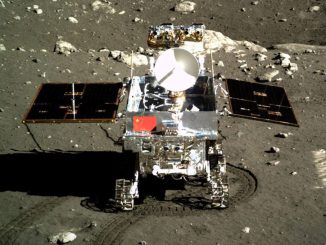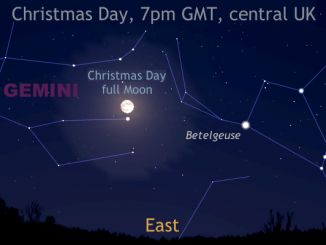
NASA’s Lunar Reconnaissance Orbiter





Supermoon of 14 November is the closest Moon to Earth since 1948
When a full Moon makes its closest pass to Earth in its orbit it appears up to 14 percent bigger and 30 percent brighter than average, making it a supermoon. This month’s full Moon on Monday 14 November is the closest Moon to Earth since 26 January 1948. The Moon won’t be this super again until 25 November 2034!

Small impacts are reworking the Moon’s soil faster than scientists thought
The Moon’s surface is being “gardened” — churned by small impacts — more than 100 times faster than scientists previously thought. This means that lunar surface features believed to be young are perhaps even younger than assumed. It also means that any structures placed on the Moon as part of human expeditions will need better protection.


Scientists find fresh impact craters near the Moon’s south pole
Using data from NASA’s Lunar reconnaissance Orbiter, scientists have discovered two geologically young craters — one 16 million, the other between 75 and 420 million years old — in the darkest regions of the Moon’s south pole. Such craters provide valuable information on the frequency of collisions in the solar system.

Lunar Reconnaissance Orbiter provides new high-resolution earthrise image
NASA’s Lunar Reconnaissance Orbiter (LRO) recently captured a unique view of Earth centred just off the coast of Liberia from the spacecraft’s vantage point in orbit around the Moon, about 83 miles above the crater Compton, which is located just beyond the eastern limb of the Moon, on the lunar farside.

See a rare full Moon on Christmas Day
As darkness descends on 25 December 2015, a rather special Moon can be seen rising in the east, since this is the first full Moon to occur on Christmas Day since 1977. Let us hope that the weather is favourable, for we have rather a long wait until the next — 2034. Season’s greetings from everyone at Astronomy Now!
